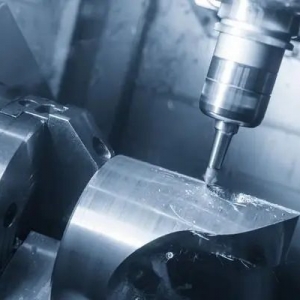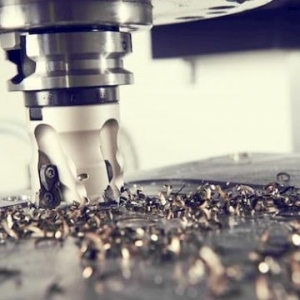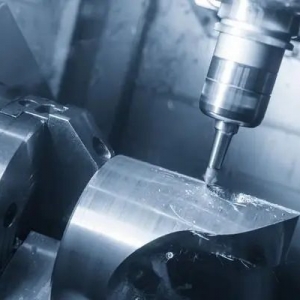PolyJet 3D printing is a versatile process that can be used to create parts with a wide range of surface finishes. The surface finish of a PolyJet part is determined by the properties of the resin that is used, the print settings, and the post-processing that is performed.
Here are some of the different surface finishes that can be achieved with PolyJet 3D printing:
- Smooth: This is the most common surface finish for PolyJet parts. It is achieved by using a resin with a low viscosity and by printing with a high resolution.
- Matte:This surface finish is achieved by using a resin with a matte finish. It is often used for parts that will be painted or coated.
- Glossy:This surface finish is achieved by using a resin with a glossy finish. It is often used for parts that will be displayed.
- Textured:This surface finish is achieved by using a resin with a textured finish. It can be used to create parts with a variety of textures, such as wood, metal, or fabric.
- Translucent:This surface finish is achieved by using a resin that is translucent. It is often used for parts that need to let light through, such as lighting fixtures or medical devices.
- Transparent:This surface finish is achieved by using a resin that is transparent. It is often used for parts that need to be seen through, such as prototypes or models.
The versatility of PolyJet surface finishes makes it a good choice for a wide range of applications. It can be used to create parts that need to be smooth, matte, glossy, textured, translucent, or transparent. The specific surface finish that is chosen will depend on the requirements of the application.






